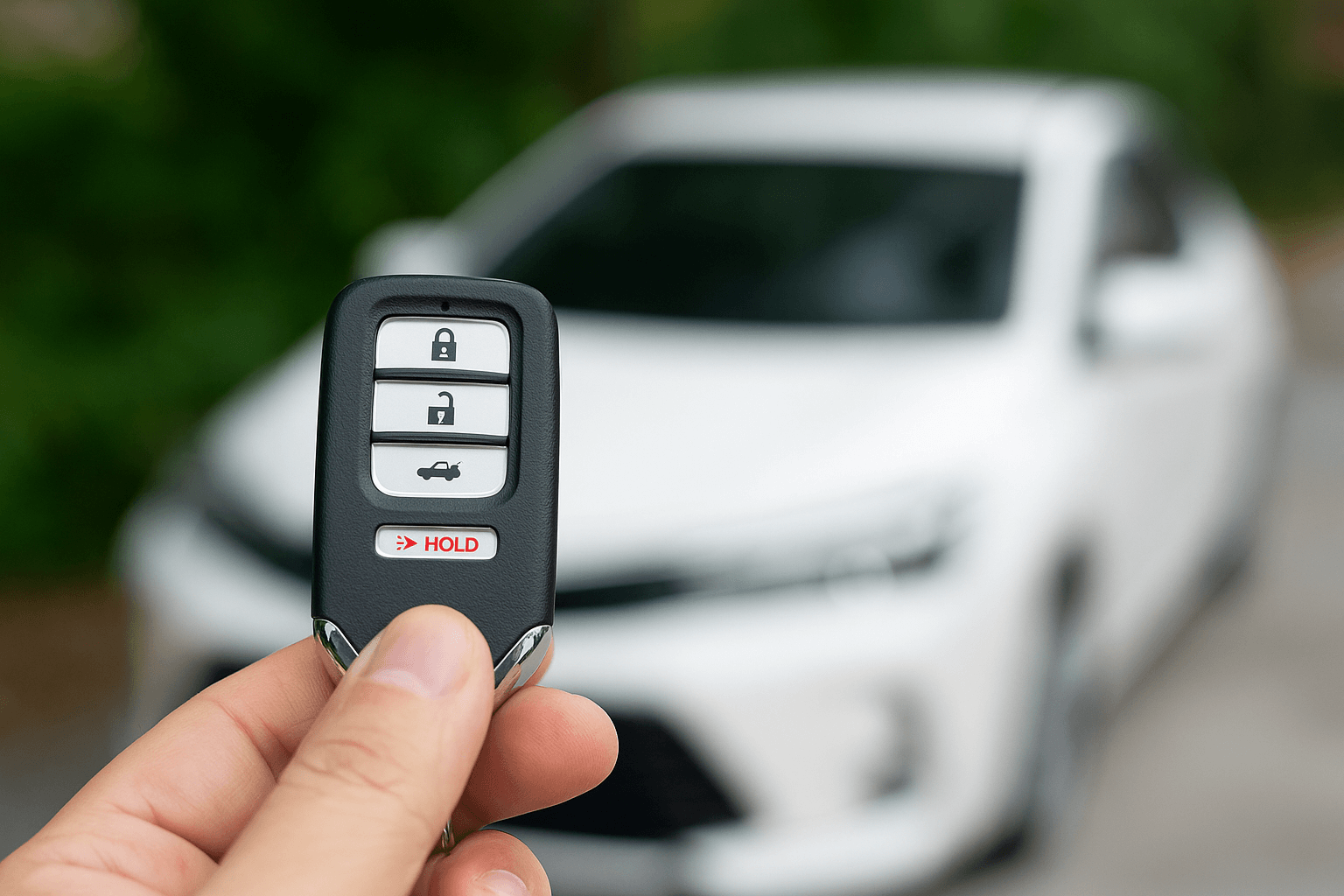Understanding the Role of Computer Modules in Airbag Deployment
Airbag deployment is a critical safety feature in modern vehicles, designed to protect passengers during a collision. The deployment of airbags is controlled by sophisticated computer modules, which ensure that airbags inflate at the right moment and with the correct intensity. This article explains how these computer modules function and their importance in vehicle safety systems.
Call (305)860-1440 For 24/7 Service
How Computer Modules Control Airbag Deployment
- Sensors and Data Collection:
- The airbag system’s computer module, often referred to as the airbag control unit (ACU), is equipped with sensors positioned throughout the vehicle. These sensors detect collision forces, vehicle speed, and other critical data like seat occupancy and seatbelt status.
- Data Analysis and Decision Making:
- The ACU continuously monitors the data received from its sensors and uses algorithms to determine if a collision event warrants the deployment of airbags. This decision is made in milliseconds, ensuring rapid response during a crash.
- Deployment Command:
- Once the ACU decides to deploy the airbags, it sends signals to the airbag inflators stationed in various parts of the vehicle. These inflators then activate, causing the airbags to fill with gas and inflate to protect the passengers.
Challenges in Airbag Deployment
- Sensor Calibration: Incorrect calibration of sensors can lead to inappropriate airbag deployment or non-deployment. Regular maintenance and checks are essential to ensure sensors are functioning correctly.
- Software Updates: As vehicle models are updated and new safety features are introduced, the ACU’s software must be updated to handle new types of data and deployment scenarios.
- Component Wear and Tear: Over time, components of the airbag system, including sensors and the ACU itself, can degrade, affecting system reliability.
Solutions to Enhance Airbag System Reliability
- Regular System Checks and Maintenance: Vehicle owners should have their airbag systems checked regularly as part of standard vehicle maintenance.
- Software Management: Keeping the airbag system’s software up to date is crucial. Owners should ensure that all software updates provided by the manufacturer are applied promptly.
- Professional Inspections After an Accident: If a vehicle is involved in an accident, a professional inspection of the airbag system should be conducted even if the airbags did not deploy, as components could be damaged.
FAQ
Q: How often should the airbag system be inspected? A: It’s recommended to have the airbag system inspected every 10 years, or as specified by your vehicle’s manufacturer.
Q: What should I do if my airbag warning light comes on? A: If the airbag light illuminates, it indicates a potential fault within the system. It’s crucial to have the vehicle inspected by a professional as soon as possible to address any issues.
Q: Can airbag deployment be affected by aftermarket modifications? A: Yes, aftermarket modifications that affect the vehicle’s electrical system or structural integrity can impact the airbag deployment system. Always consult with a professional before making modifications to your vehicle.
Q: Are there different types of airbags controlled by the computer module? A: Yes, modern vehicles are equipped with multiple types of airbags including front, side, curtain, and knee airbags, all of which are controlled by the computer module to deploy based on the specifics of the collision.
Conclusion
The computer modules in airbag systems play a vital role in passenger safety during collisions. Understanding their function helps vehicle owners appreciate the importance of maintaining these systems and following manufacturer guidelines for inspections and updates. Ensuring that these systems are in optimal condition is crucial for maximizing passenger protection in the event of an accident.







